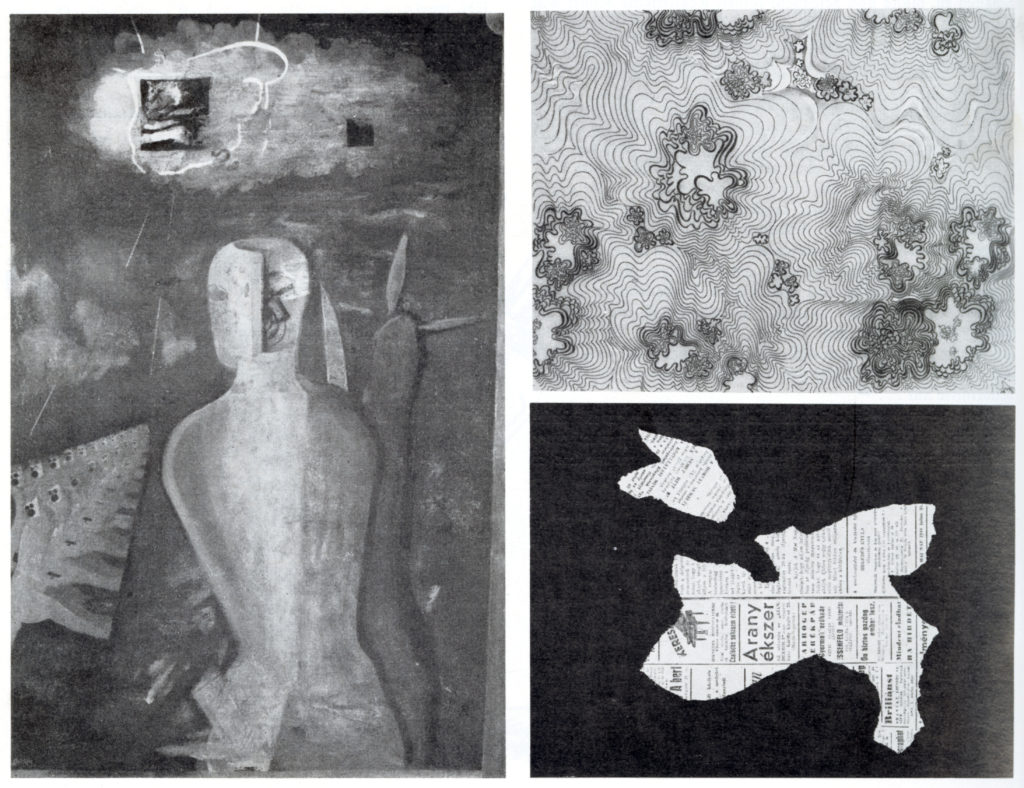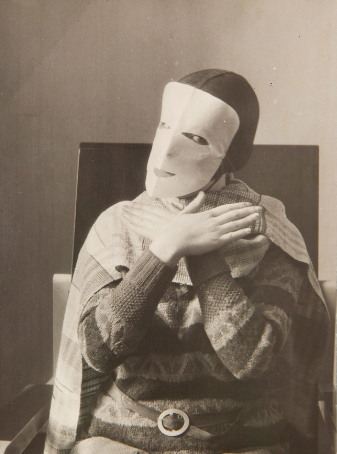In 1928, poster artist Sándor Bortnyik aimed to set up an artists’ workshop based on the principles of the Bauhaus. He founded a private school for applied graphics and typographic design in Budapest, which was known as Mühely (Hungarian for ‘workshop’) and, in the early phase, also Kis Bauhaus (Little Bauhaus). Here up to 1938, around 100 students received training in advertising graphics, typography, book design or photographic art.
The connection with the school’s German role model extends beyond its name. Bortnyik, who participated in the Congress of Constructivists and Dadaists in Weimar at the invitation of his compatriot Farkas Molnár, subsequently lived in Weimar from 1922 to 1924. He moved among the Bauhauslers and their prominent guest artists, attended Theo van Doesburg’s De-Stijl course and showed an interest in Oskar Schlemmer’s stage workshop. Back in Budapest, influenced by the Bauhaus’s practical orientation and collective concept, Bortnyik set up the private school.
He familiarised his students with a variety of materials, new media and forms, and the coupling of construction and composition. Mühely graduate and Op Art artist Victor Vasarely described how he was required to creatively express ‘notions like shrill, numb, gentle, soft, quiet, etc. using forms, colours and various materials’. Bortnyik was able to attract to the school lecturers including László Moholy-Nagy, who held talks in Budapest following his departure from the Bauhaus. After World War II, Sándor Bortnyik was a lecturer at the Hochschule für angewandte Kunst (School of applied arts) and from 1959 director of the School of Fine Arts in Budapest.






